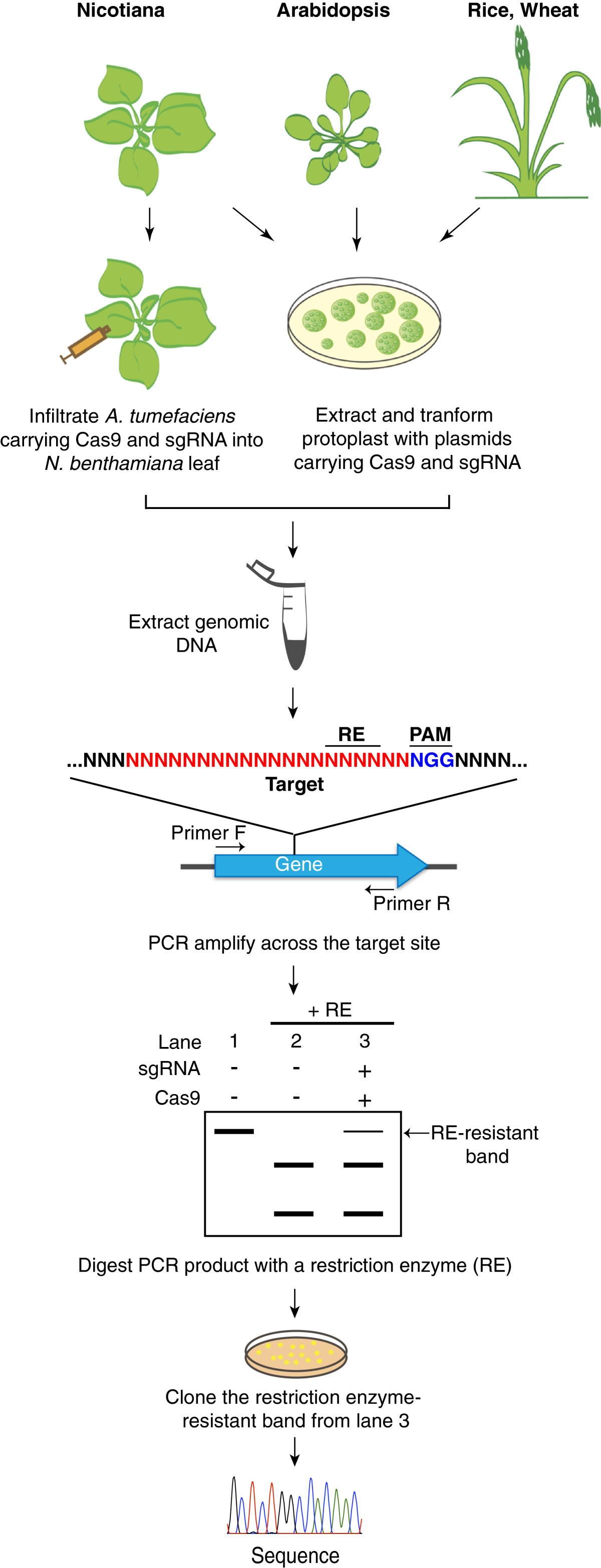Gene editing plant organelles developed efficiently promote point mutagenesis chloroplasts mitochondria a protein-based system as ZFN TALEN. the CRISPR-Cas-derived techniques highly effective nuclear genome editing, are applicable editing organellar DNA.
 Combinations genomic tools conventional breeding techniques opened doors genome-based breeding programs. addition, . CRISPR/Cas9 system plant genome editing beyond. Biotechnol. Adv. 2015;33:41-52. doi: 10.1016/j.biotechadv.2014.12.006.
Combinations genomic tools conventional breeding techniques opened doors genome-based breeding programs. addition, . CRISPR/Cas9 system plant genome editing beyond. Biotechnol. Adv. 2015;33:41-52. doi: 10.1016/j.biotechadv.2014.12.006.
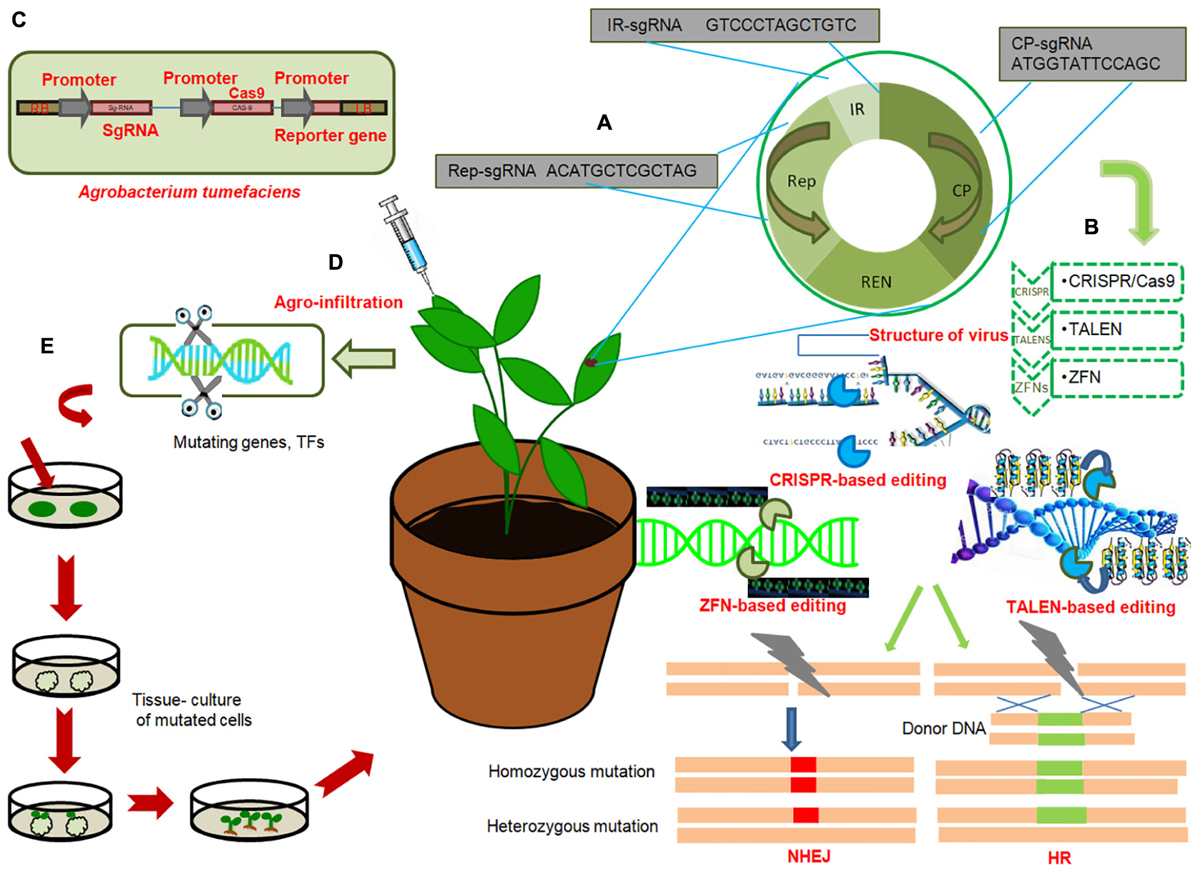 Genome gene editing (GE) involves repertoire innovative molecular techniques make of sequence-specific nucleases (SSNs), the precise modification an organism's genome sequences. CRISPR/Cas-based GE system, with Clustered Regularly Interspaced Short Palindromic Repeats, emerged a potent addition the expanding genomics toolkit. enables precise .
Genome gene editing (GE) involves repertoire innovative molecular techniques make of sequence-specific nucleases (SSNs), the precise modification an organism's genome sequences. CRISPR/Cas-based GE system, with Clustered Regularly Interspaced Short Palindromic Repeats, emerged a potent addition the expanding genomics toolkit. enables precise .
 Tools genome editing a significant impact basic applied research plant biology [24, 43, 44, 73]. simplified approach gene/genome editing represents valuable tool plant researchers functional analysis gene(s) for breeders the integration key genes the genomes agriculturally important crops.
Tools genome editing a significant impact basic applied research plant biology [24, 43, 44, 73]. simplified approach gene/genome editing represents valuable tool plant researchers functional analysis gene(s) for breeders the integration key genes the genomes agriculturally important crops.
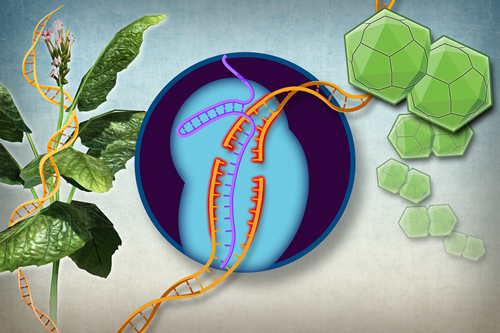 Genome editing techniques, CRISPR-Cas, revolutionized field plant breeding agriculture, offering unprecedented precision efficiency modifying target genes. ZFN TALEN early pioneers gene editing, complexity limitations them practical widespread in plants.
Genome editing techniques, CRISPR-Cas, revolutionized field plant breeding agriculture, offering unprecedented precision efficiency modifying target genes. ZFN TALEN early pioneers gene editing, complexity limitations them practical widespread in plants.
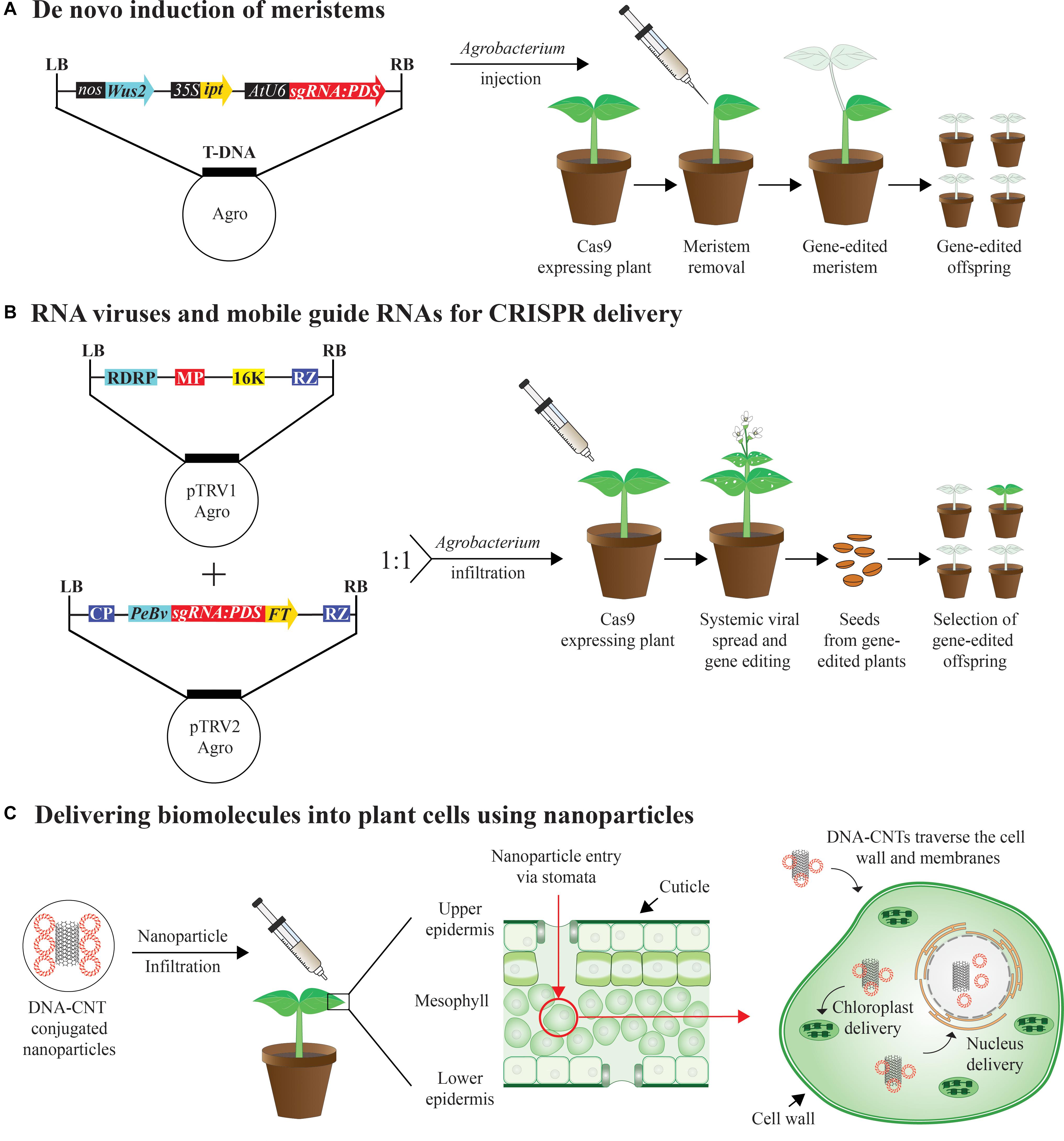 This open access book an update genome editing techniques applied a range plants. discuss latest techniques applications cereals, roots tubers, oilseed crops, fruit forest trees, vegetables, legumes algae including resistance biotic abiotic stresses, improved quality, drug production, yield adaptation climate change.
This open access book an update genome editing techniques applied a range plants. discuss latest techniques applications cereals, roots tubers, oilseed crops, fruit forest trees, vegetables, legumes algae including resistance biotic abiotic stresses, improved quality, drug production, yield adaptation climate change.
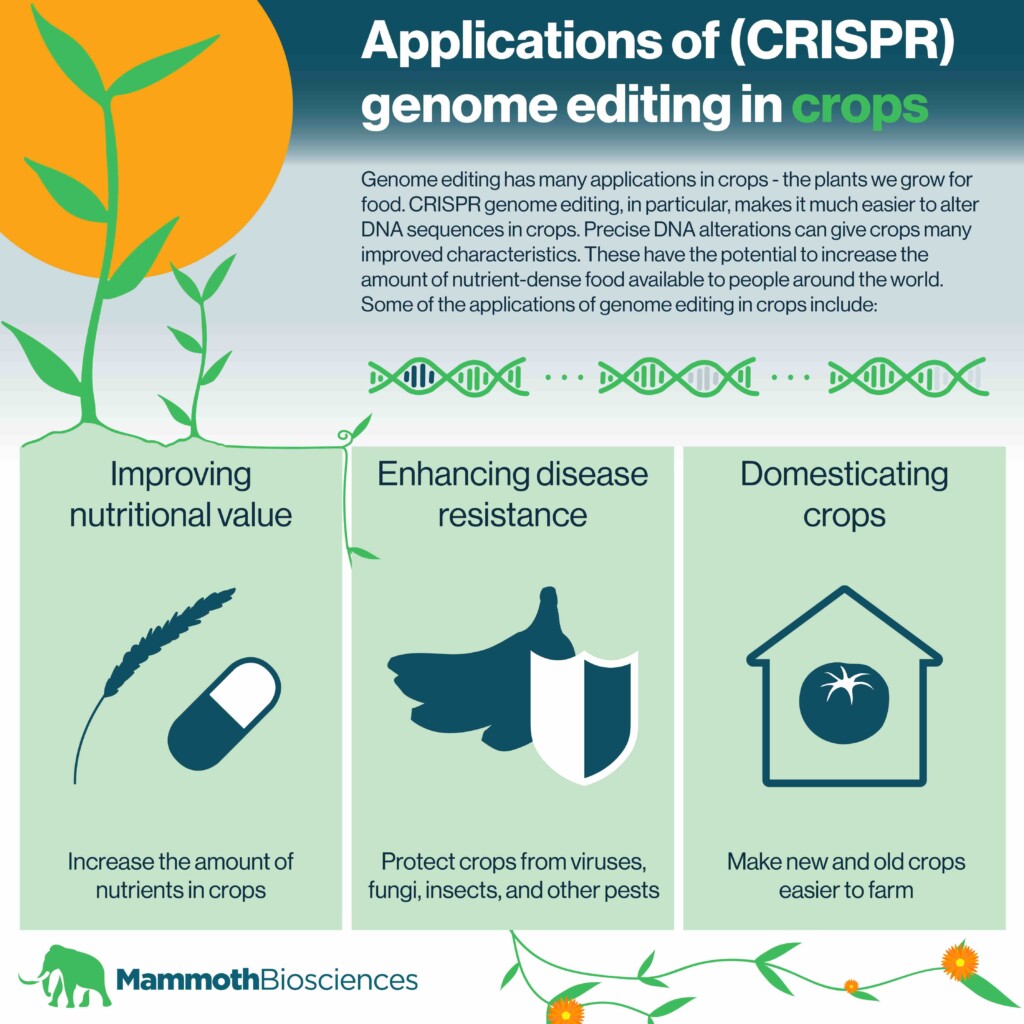 Recent advances genome editing tools CRISPR-Cas technologies enabled plant genome engineering reach heights. current regulatory exemptions certain categories genome edited products, as derived SDN-1 SDN-2, are free any transgene, significantly accelerated genome editing research a number agricultural crop plants different .
Recent advances genome editing tools CRISPR-Cas technologies enabled plant genome engineering reach heights. current regulatory exemptions certain categories genome edited products, as derived SDN-1 SDN-2, are free any transgene, significantly accelerated genome editing research a number agricultural crop plants different .
 Genome editing tools emerged potent techniques precisely altering crop genomes targeted locations the genome . tools offer great potentials enhance crop productivity, disease resistance, breeding efficiency, the creation novel plant animal models [ 7 ].
Genome editing tools emerged potent techniques precisely altering crop genomes targeted locations the genome . tools offer great potentials enhance crop productivity, disease resistance, breeding efficiency, the creation novel plant animal models [ 7 ].
 Traditionally, generation new plants improved desirable features relied laborious time-consuming breeding techniques. Genome-editing technologies led a era genome engineering, enabling effective, precise, rapid engineering the plant genomes. Clustered regularly interspaced short palindromic repeats (CRISPR)/CRISPR-associated protein 9 (CRISPR/Cas9 .
Traditionally, generation new plants improved desirable features relied laborious time-consuming breeding techniques. Genome-editing technologies led a era genome engineering, enabling effective, precise, rapid engineering the plant genomes. Clustered regularly interspaced short palindromic repeats (CRISPR)/CRISPR-associated protein 9 (CRISPR/Cas9 .
 Genome editing techniques been developed introduce precise predictable genome modifications plants obtain desired traits, they giving rise precision breeding techniques are defining next-generation plant breeding (Chen al., 2019) (Figure 1).CRISPR (clustered regularly interspaced short palindromic repeats)-Cas (CRISPR associated) emerged one .
Genome editing techniques been developed introduce precise predictable genome modifications plants obtain desired traits, they giving rise precision breeding techniques are defining next-generation plant breeding (Chen al., 2019) (Figure 1).CRISPR (clustered regularly interspaced short palindromic repeats)-Cas (CRISPR associated) emerged one .
 Horticulturae | Free Full-Text | Enhancing Horticultural Crops through
Horticulturae | Free Full-Text | Enhancing Horticultural Crops through
